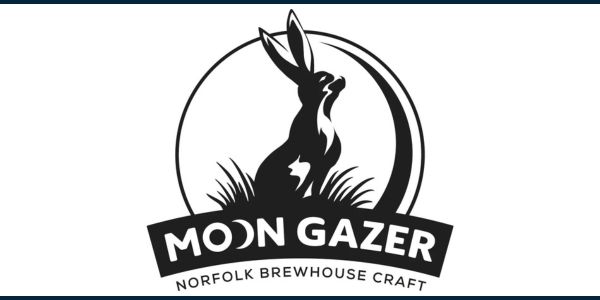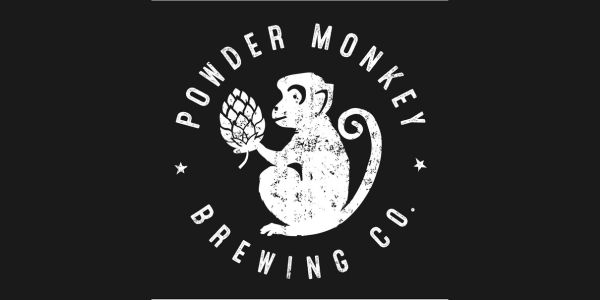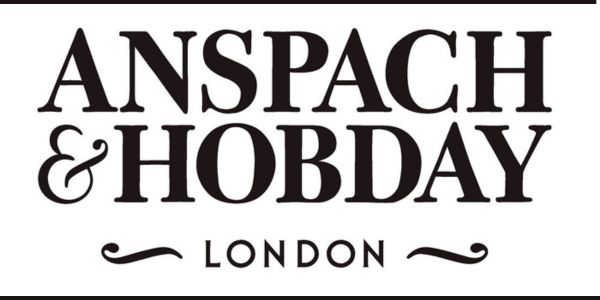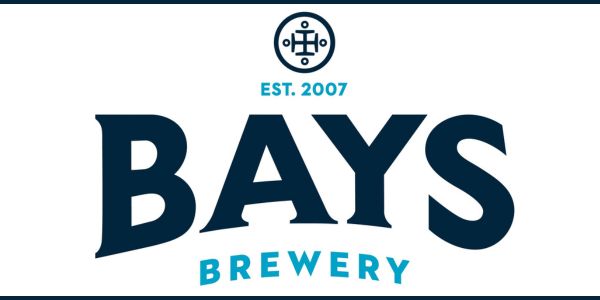Lotte Peplow, the Brewers Association’s American craft beer ambassador for Europe, explores the world of beer as a fermented food accompaniment.

Lotte Peplow. Photographs: Nic Crilly-Hargrave
Most beer drinkers will be aware that fermentation is part of the brewing process through which micro-organisms (like yeast) convert carbohydrates into alcohol or, in the case of food, acids. But at a recent special event, the Brewers Association, the not-for-profit trade association for small and independent American craft brewers, set out to explore the synergies between fermentation in both beer and food.
Fermented food develops a distinctive tartness. It therefore makes sense that beer and fermented foods should marry well together, with beer adding hop bitterness and flavour to the zingy acidity of the foods.
Taking place at Brat x Climpson’s Arch in trendy Hackney, East London, the event featured two renowned global experts in fermentation: chef Song So Kim, of Super 8 Restaurants in London, and chef Mara King, from Id Est Hospitality in Boulder, Colorado, along with Adam Dulye, executive chef at the Brewers Association, who curated the American craft beer list and is himself an expert in beer and food pairing.
Mara explained that fermentation is having a resurgence within restaurant culture, and one of the reasons is because it reduces waste. Fermentation techniques can be applied to foods that would otherwise be thrown away, such as bread. Mara re-purposes bread by adding Koji, speciality malt extract from Japan, along with salt and chillies, to break down the bread into a delicious umami sauce that can be used in another dish.
The menu comprised four courses paired with a different beer style, each exploring fermentation in different ways. Adam Dulye said: “The menu married fermented flavours together to demonstrate how they can complement and elevate the flavours of American craft beer and explored the highlights of fermentation from spice to salt, sweet to tangy, and to fermentation’s ultimate by-product, alcohol. The flavours of each dish were designed with the respective American craft beer in mind, building to a peak with the squab and finishing gently with a lightly sour beer and ice cream.”
The menu
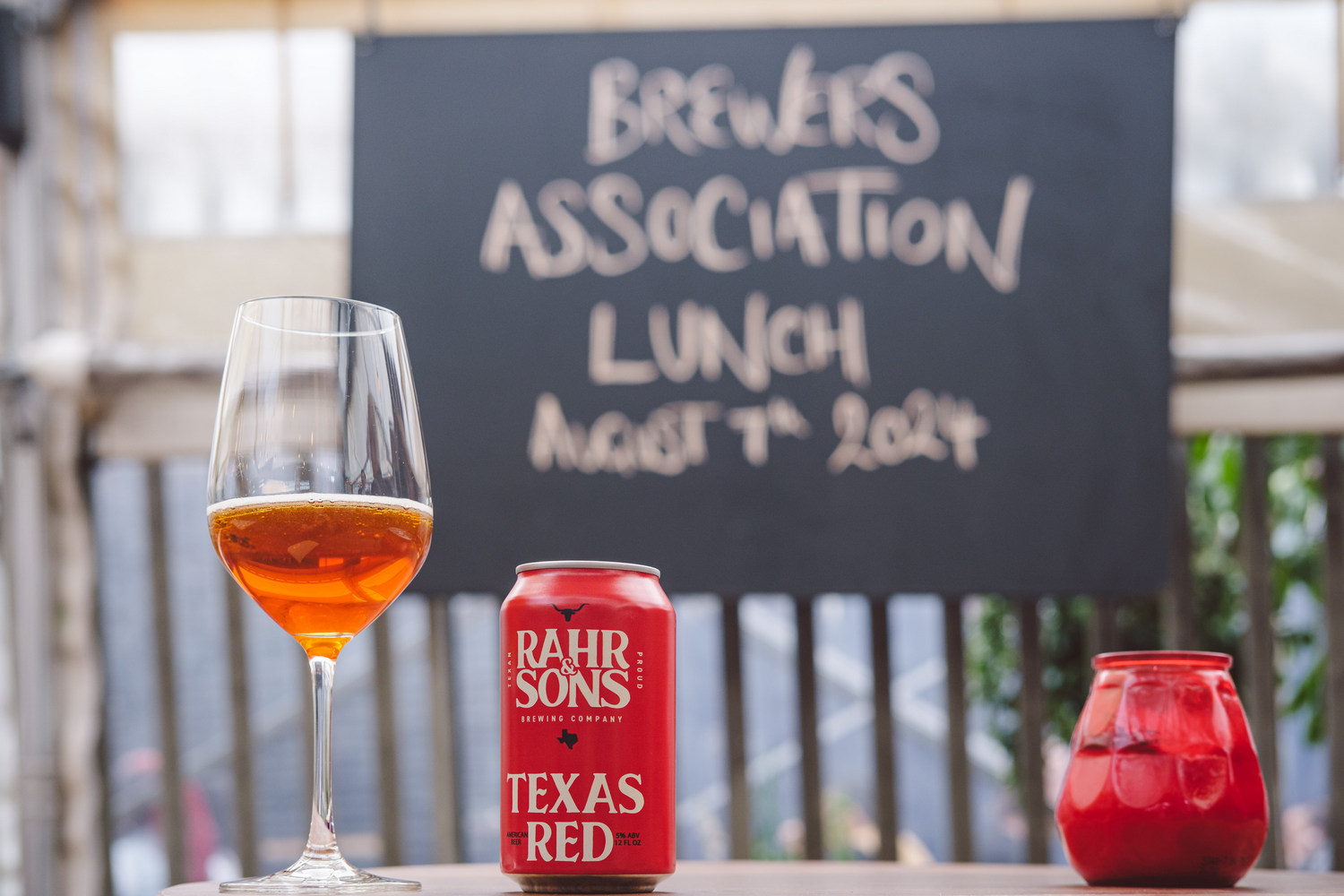
Welcome beer
Rahr Texas Red, an amber American lager using Tettnang hops.
Amuse bouche
Rogue Honey Kolsch, brewed with wildflower honey, subtle floral notes
Bread and cultured butter, radish and fresno sriracha
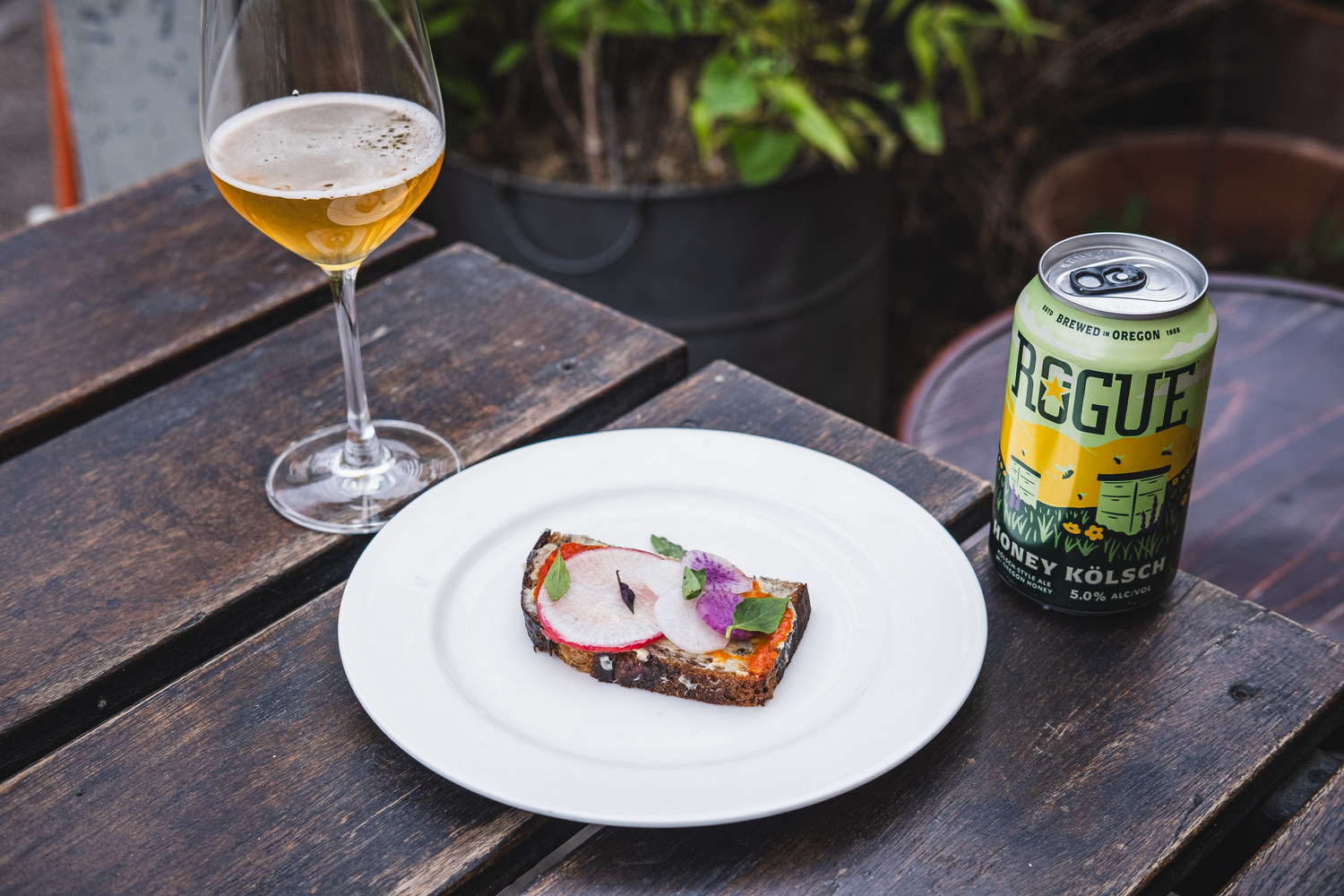
The sriracha was made over an approximate seven-day ferment period and incorporated the key elements of this fermented sauce: spicy (fresno chili), sweet (sugar), salty (salt and radish), and tangy (fermentation).
Result: the subtle kiss of sweet honey from the Kolsch tamed the heat of the spice to give a harmonious match.
First course
Paradox Pilsner, old-world pilsner malts and Noble hops creating a golden, crisp, and crushable pilsner
Beef tartare with sourdough gochuchang, new potato chip, and cured egg yolk

Using leftover sourdough bread to ferment into a gochuchang paste, similar to a miso, with huge umami flavours and subtle spice.
Result: the crisp refreshing character and lively carbonation of the pilsner helped cleanse the palate of deep, savoury flavours ready for the next bite.
Second course
Allagash White, Belgian-style witbier brewed with oats, malted wheat, and unmalted raw wheat, spiced with coriander and Curacao orange peel
Konbu cured fish with fresh and aged daikon radish with brodo and apricot kosho
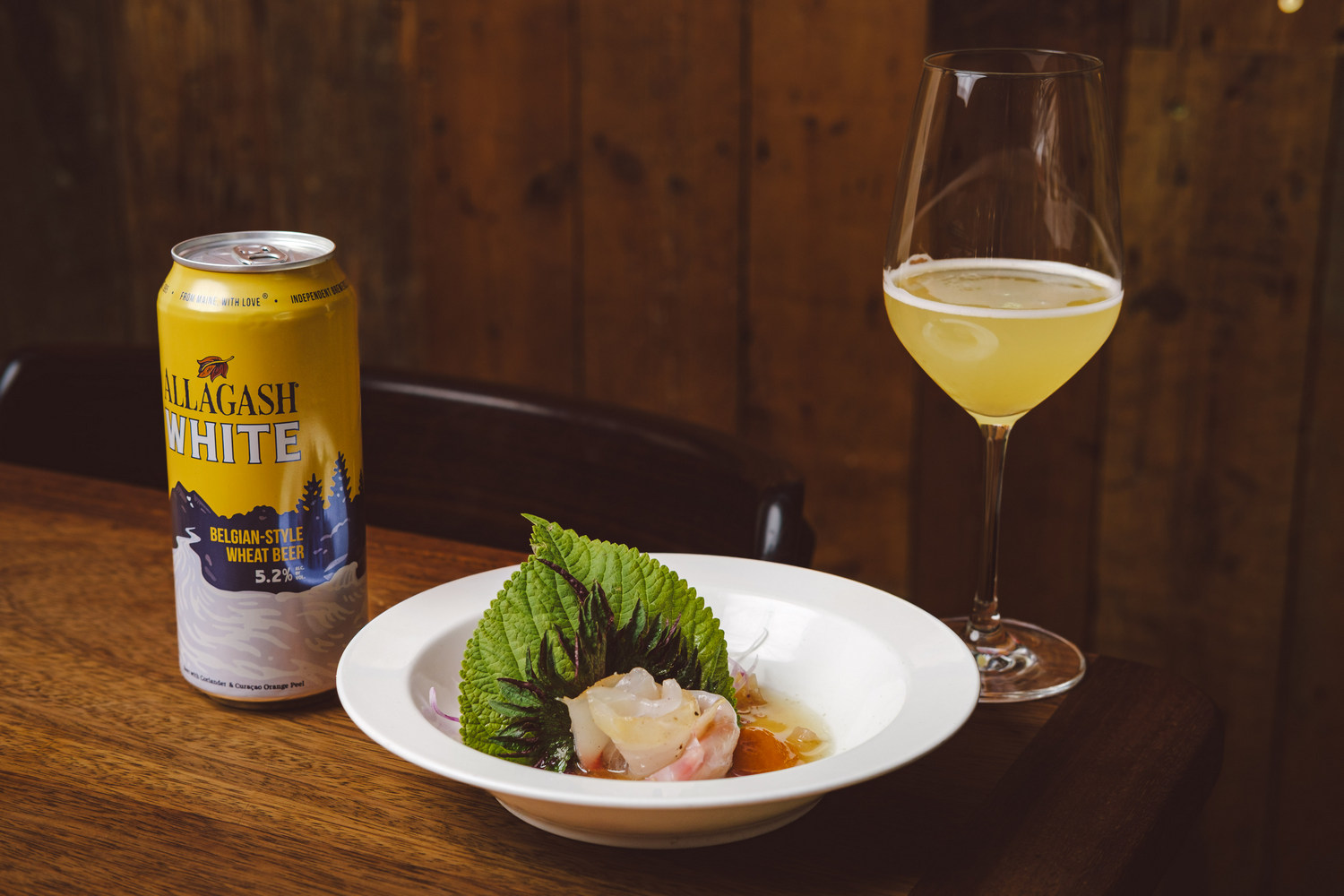
This dish showcased the bold vegetal and herb flavours with the brine of sea water. Brodo is a stronger flavour than stock, but has clean notes. Kosho is a fermented sauce made from chillis and, in this case, apricot instead of the traditional yuzu. The flavour was more stone fruit noted than citrus, which was the key focus of the pairing.
Result: the strong saline flavours in this dish were perfectly balanced by the nuanced and gently spiced taste of the beer.
Third course
Alpine Duet, a West Coast-style IPA brewed with Simcoe and Amarillo hops
Squab (young pigeon), rice and pickles, home-made Worcestershire sauce, and Koda farms rice

Koda farms rice is from a small, family run farm in California that arguably grows the best rice in the world. It takes six years for each harvest from seed to dried.
The squab is dry rubbed, deep fried, then rubbed again, stuffed with herbs and finished in Brat’s wood fired oven. Served over the rice with pickles to cleanse the palate along with the beer.
Result: a blast of resin, pine, cedar and orange zest from this hop-forward IPA was the ideal accompaniment to the powerful combination of squab and flavour-packed pickles
Fourth course
Virginia Beer Co Lovey Dovey, a stone fruit sour beer featuring peach, apricot and mango
Amazake ice cream with faux ‘chocolate’ made from spent brewer’s yeast and fruit.
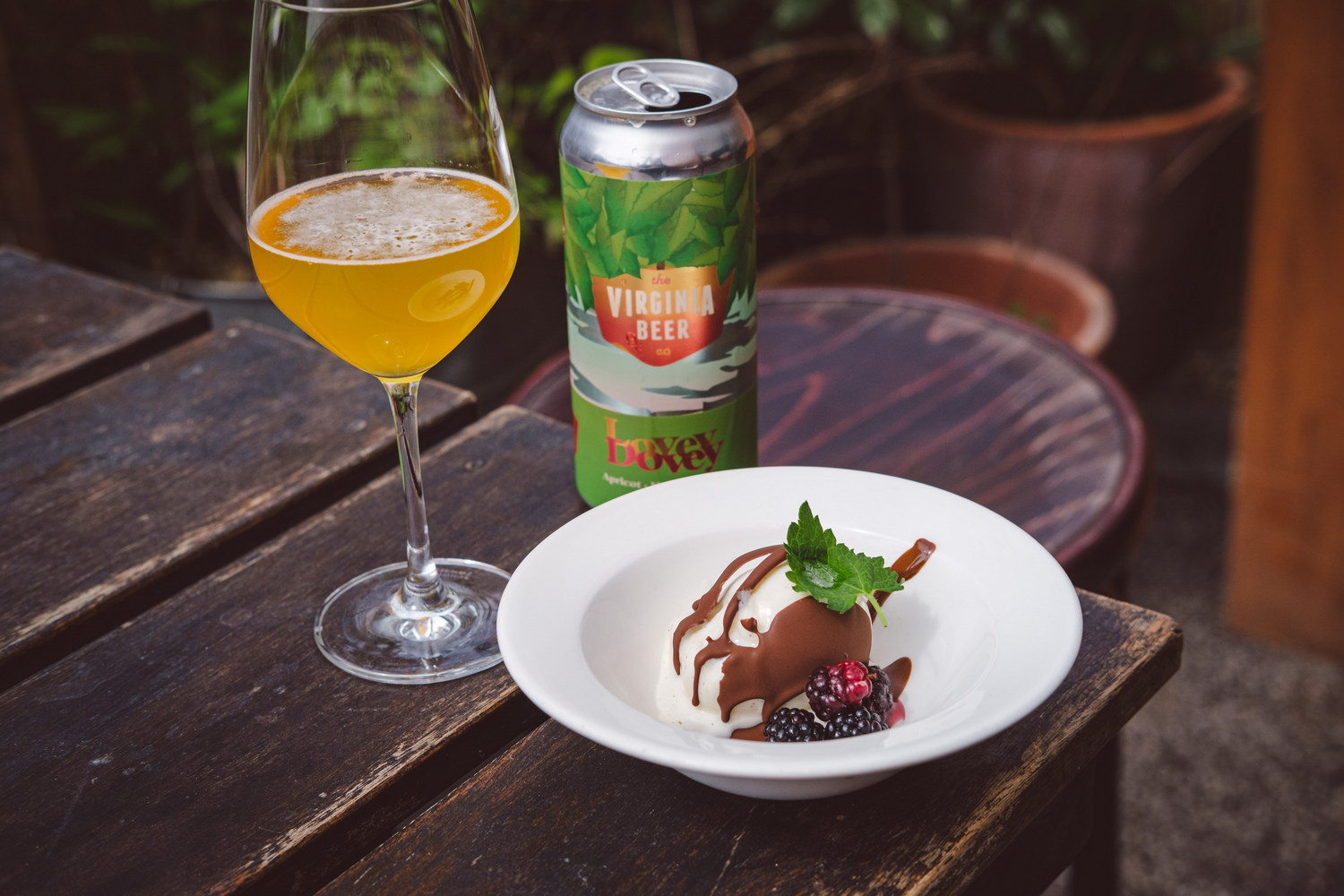
Amazake is a Japanese beverage made from rice and koji. Koji produces enzymes that break the starch down into sugars and carbohydrates. If left for a few days, lactic acid bacteria will start to turn it sour, then eventually break the sugars into alcohol. If left even longer… it becomes sake!
Result: an ice cream that tasted like beer cried out for a partner with a different taste profile. In stepped a stone fruit sour beer with its tangy, zingy, fruity notes that was a heavenly match for the ice cream and ‘chocolate’.
The broad range of flavour combinations on show illustrated the endless pairing potential of American craft beer and food and demonstrated why beer deserves a prominent place at the dinner table.
The Brewers Association
The Brewers Association publishes a wealth of resources to understand and enjoy craft beer, downloadable free of charge from brewersassociation.org.
The UK remains an important export market for American craft beer with 7.9% of all exports. It’s the biggest market in Europe and third largest individual market, behind Canada and the Caribbean.
In the UK, American craft beer is available from online retailers such as Athletic Brewing, the Sierra Nevada shop, Brew Export, Beer Merchants, and Beers of America, as well as selected bottle shops, off-licences, online subscription services, supermarkets, and selected pubs and bars.



